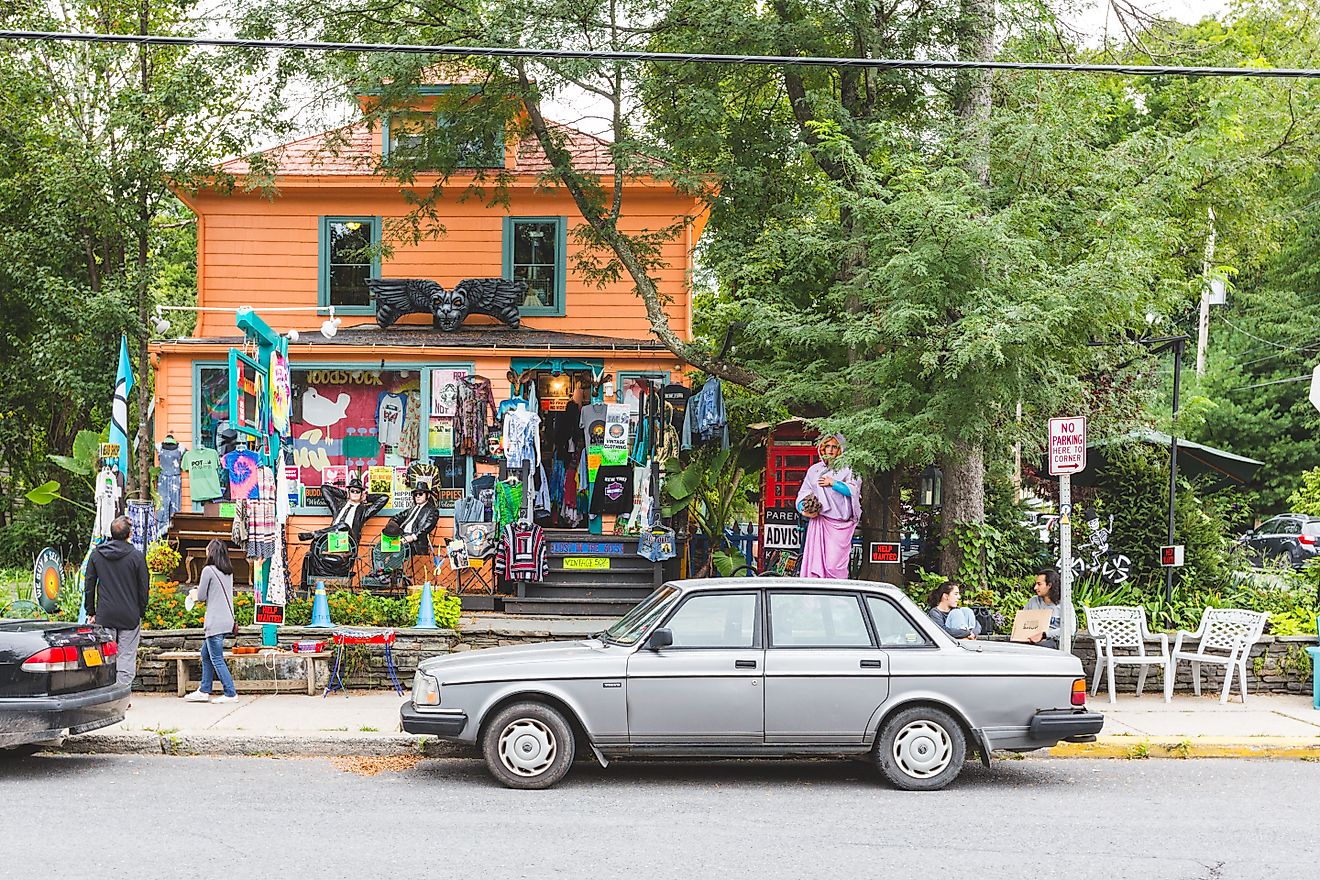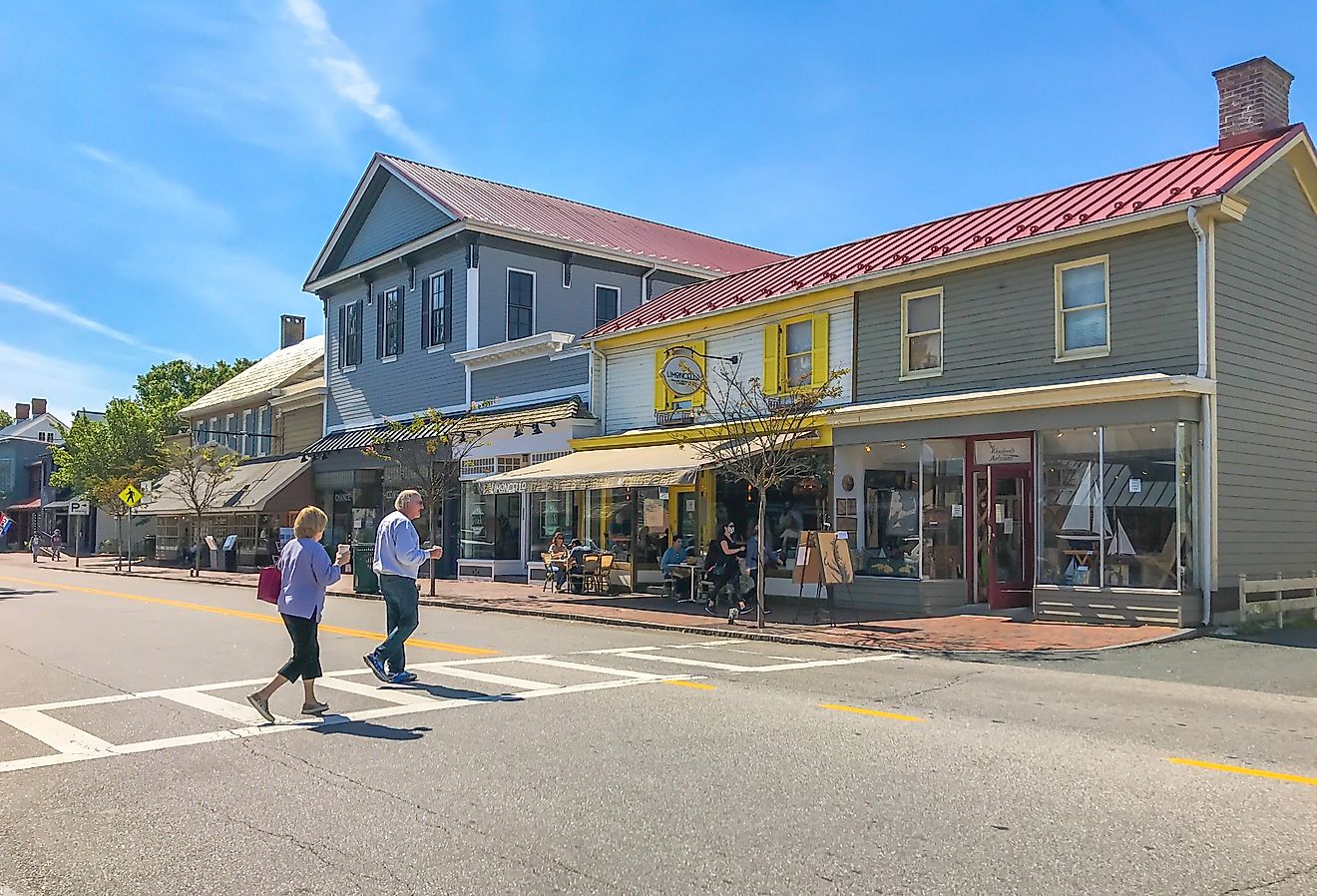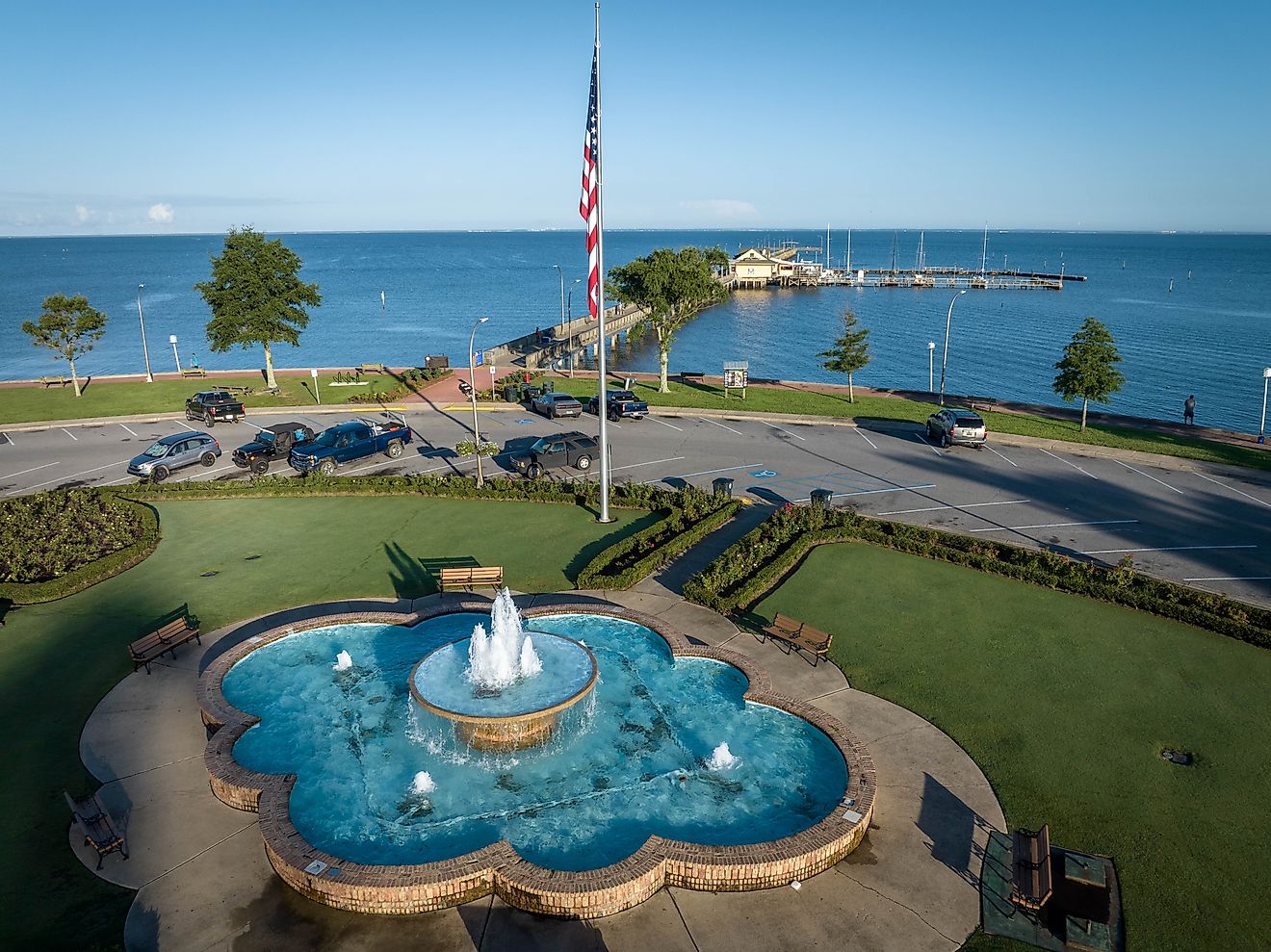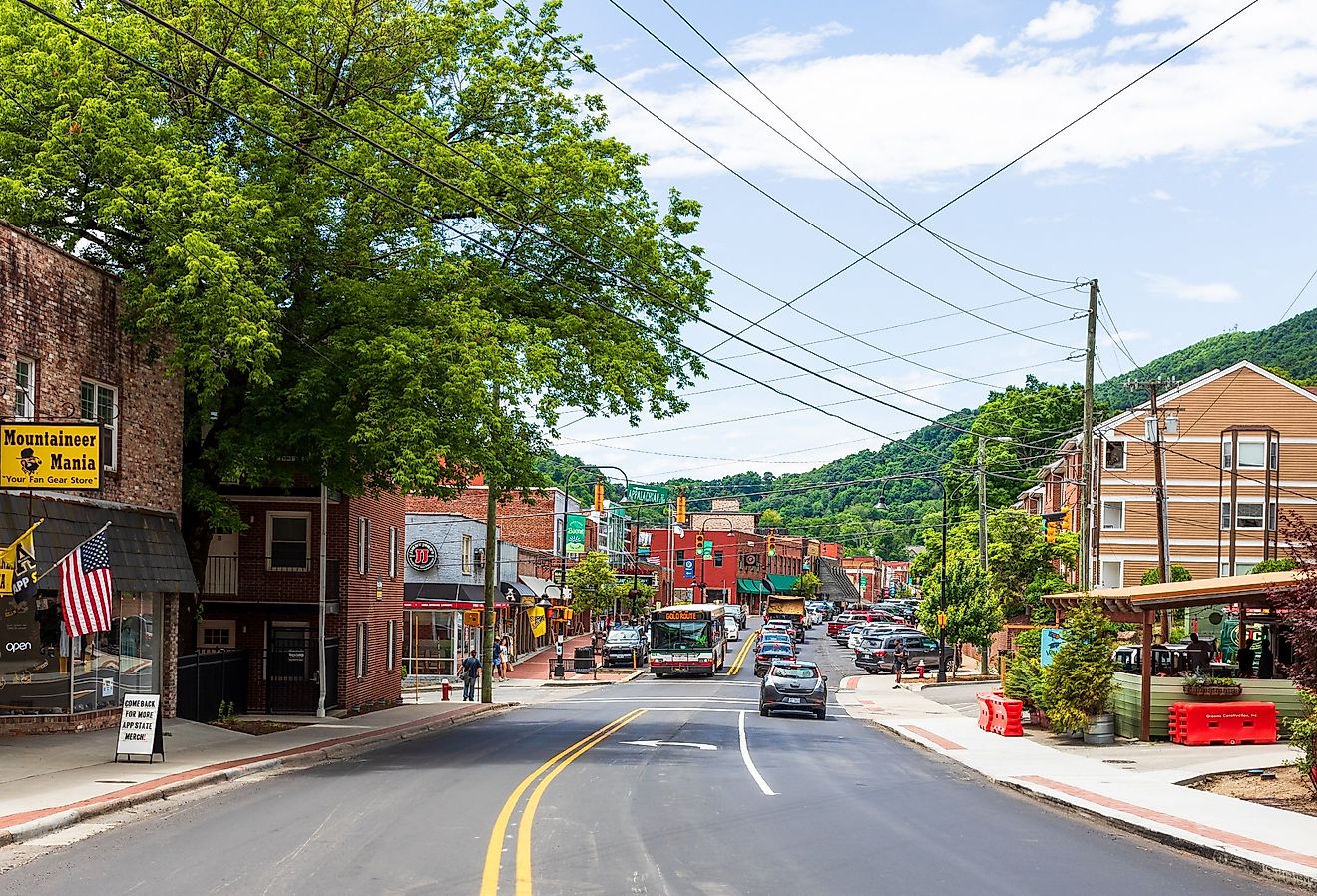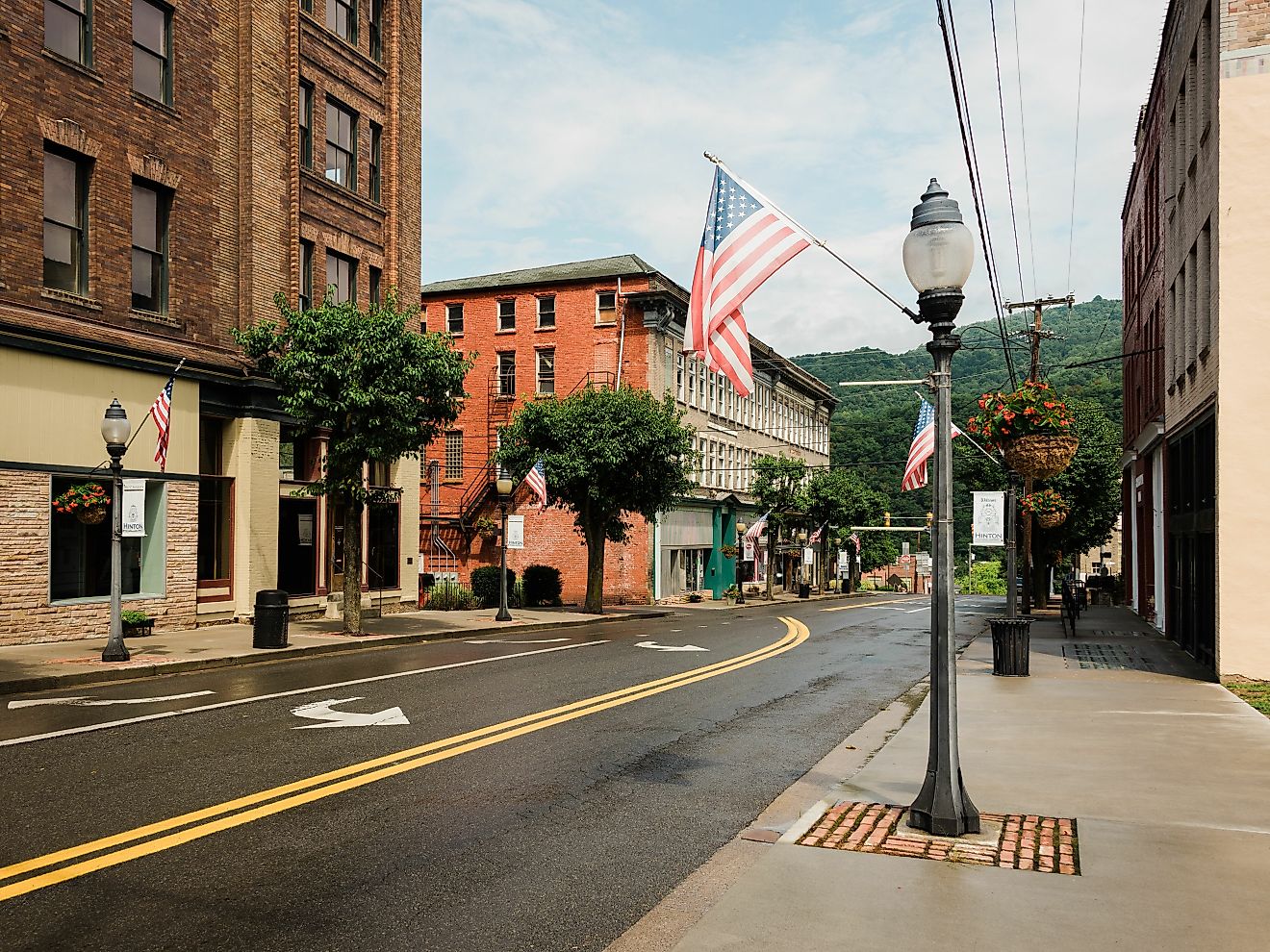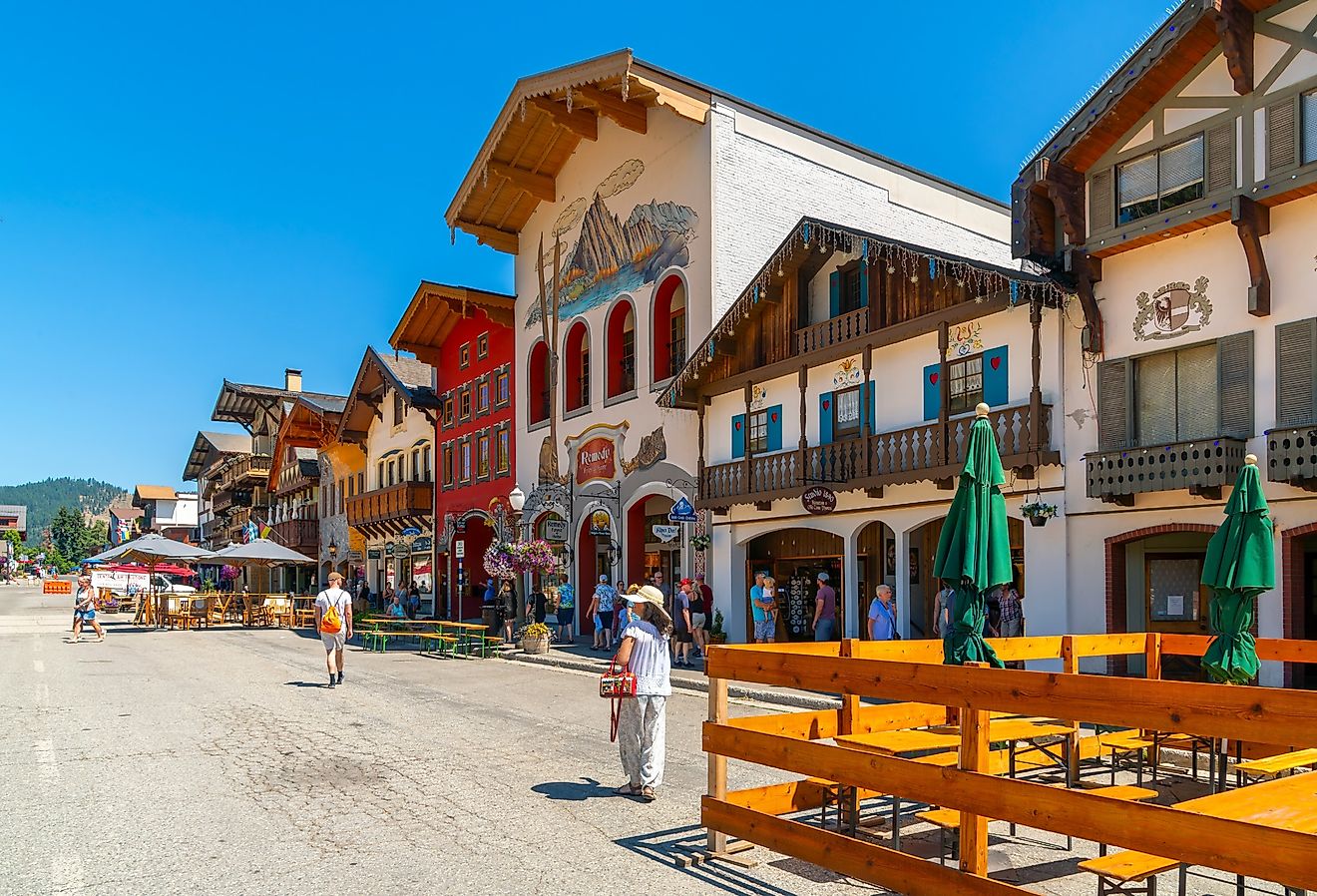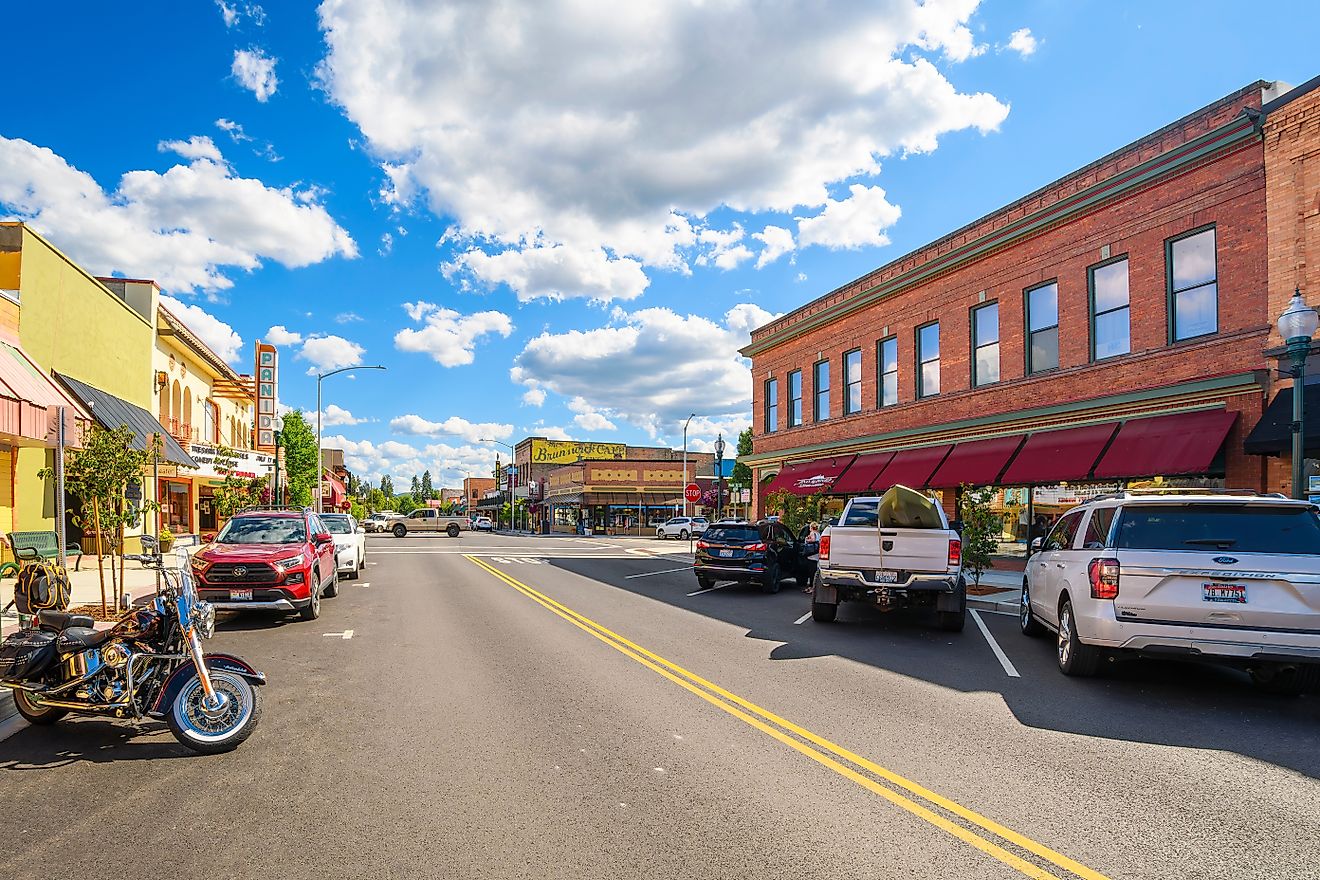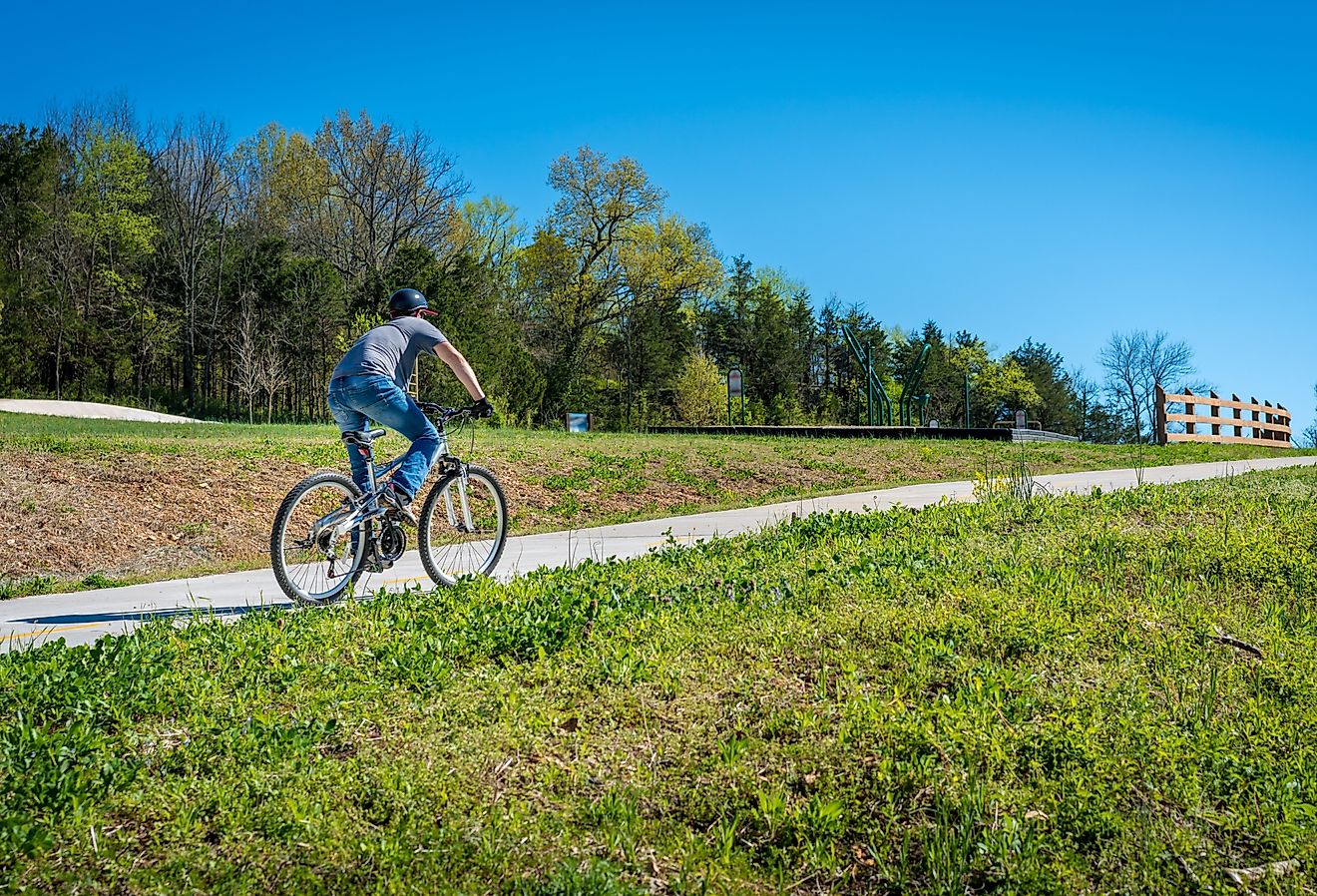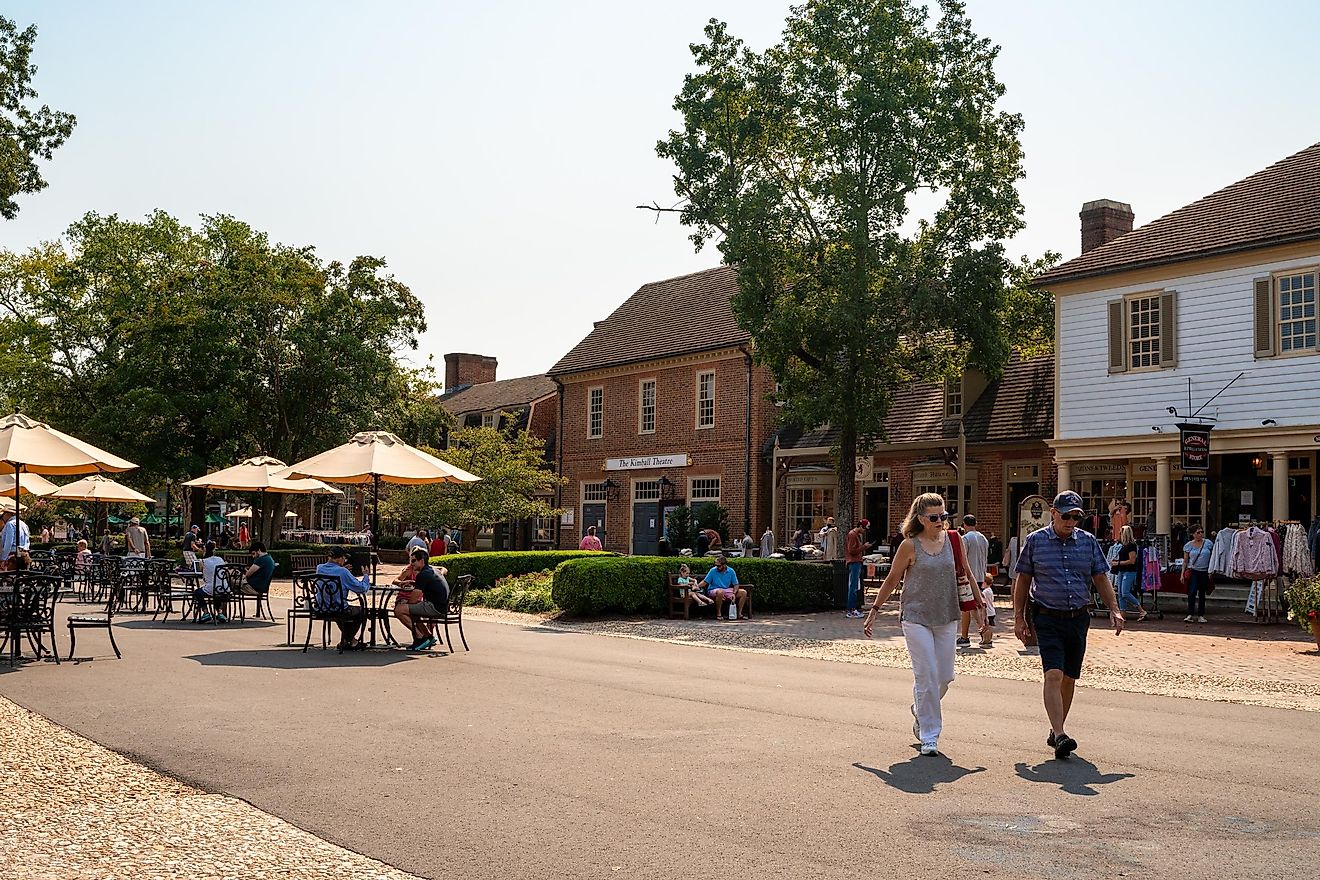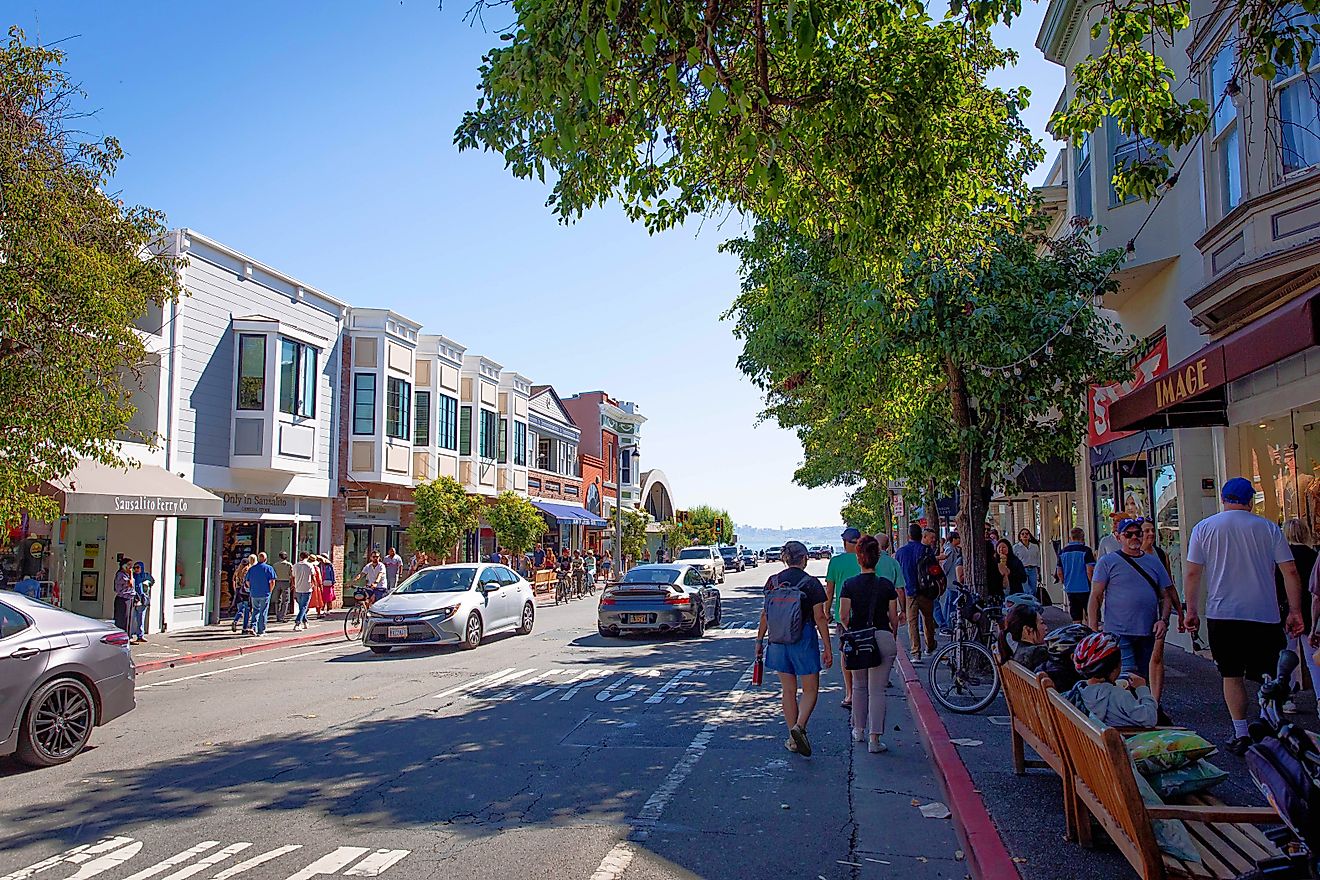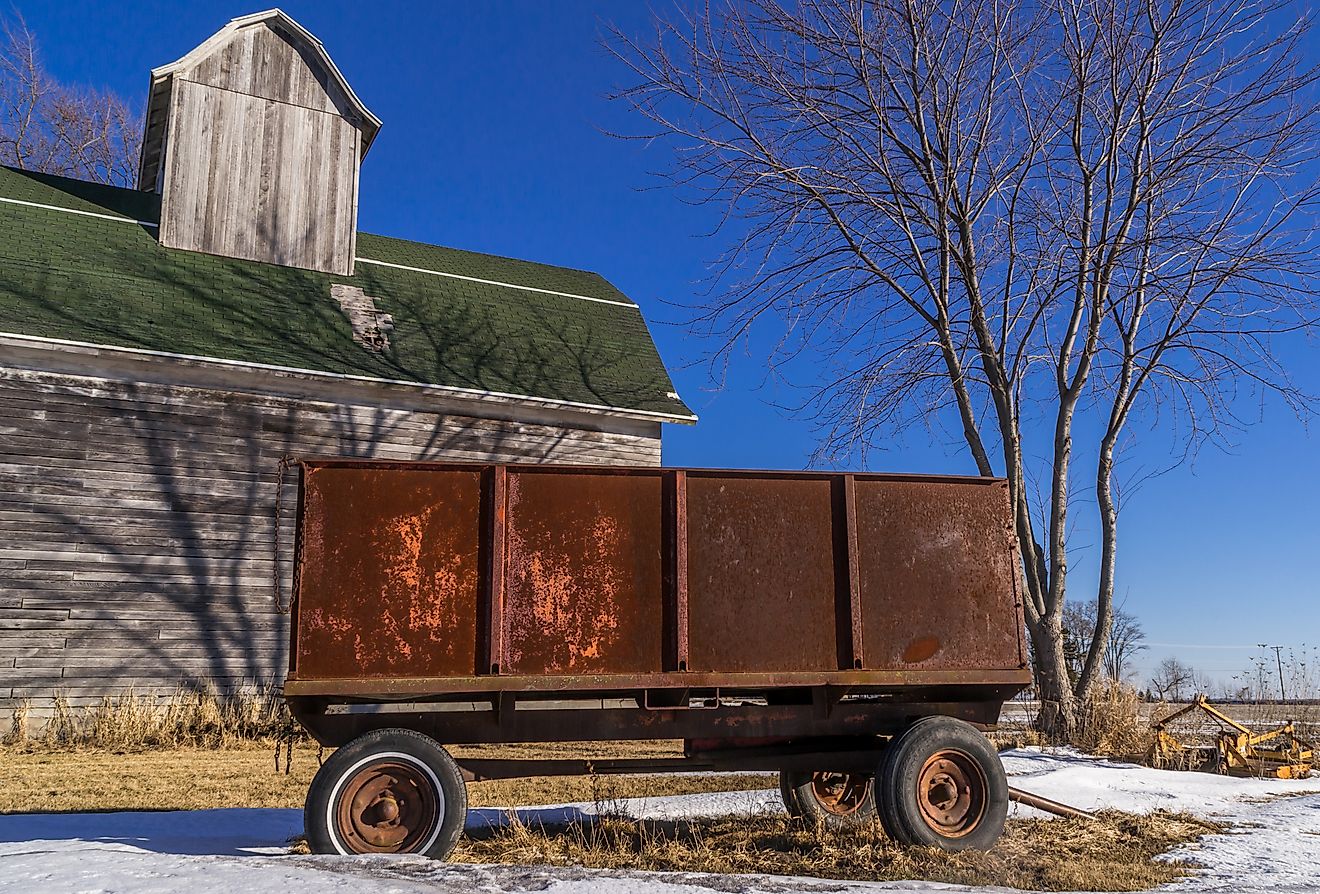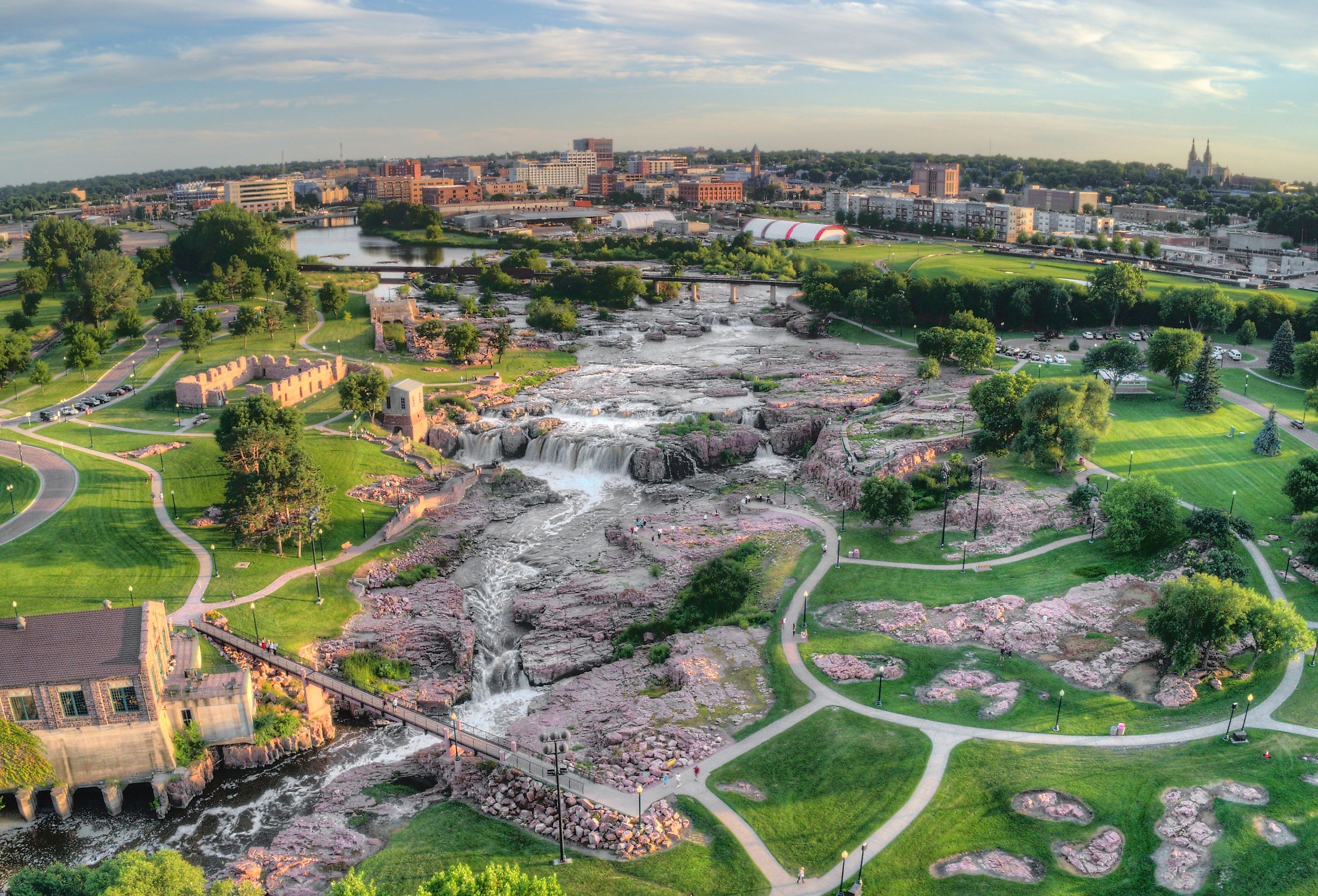
8 Most Beautiful Cities In South Dakota
The cities of South Dakota have smaller settlements and more land area which adds to their beauty. With clear waters, lovely lakes, and winding rivers, the state has more miles of shoreline than the sunshine state of Florida. The city’s diverse weather, famous folks, state symbols, scenery, and economy make it the land of infinite variety. Its name comes from the Lakota and Dakota Sioux Native American tribes which are a significant part of its population. In terms of land area, South Dakota is the seventeenth largest, and its cities are ideal for those who love nature, art, history, outdoor activities, lakes, parks, or the wilderness.
Aberdeen
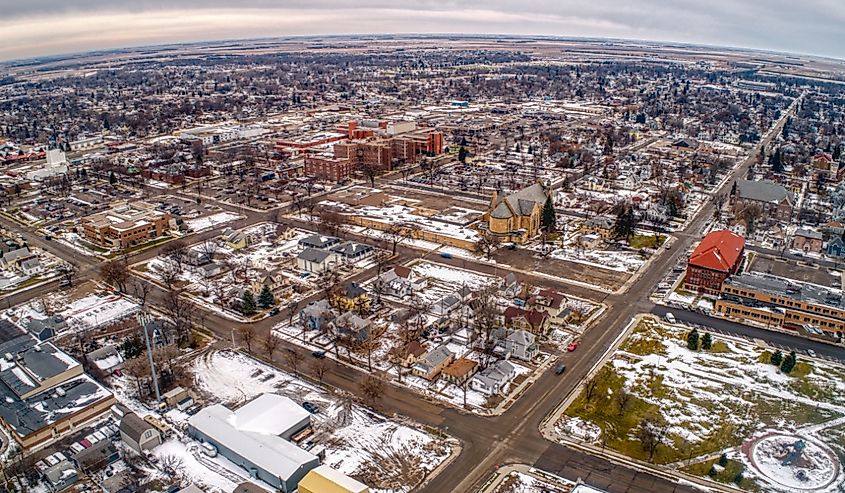
The city in and county seat of Brown County, Aberdeen set in northeastern South Dakota is the third populous city. Renowned for its hills, breathtaking parks, and fishing, the city is also known to have some of the largest variety of fish in South Dakota. The city, similar to many of those in the midwest developed as a railroad hub. The city gets its name from its namesake Aberdeen in Scotland. It became a city officially on July 6, 1881, upon the first arrival of a Milwaukee Railroad train. Around 1883 as buildings and businesses came up along Aberdeen's Main Street, the city grew.
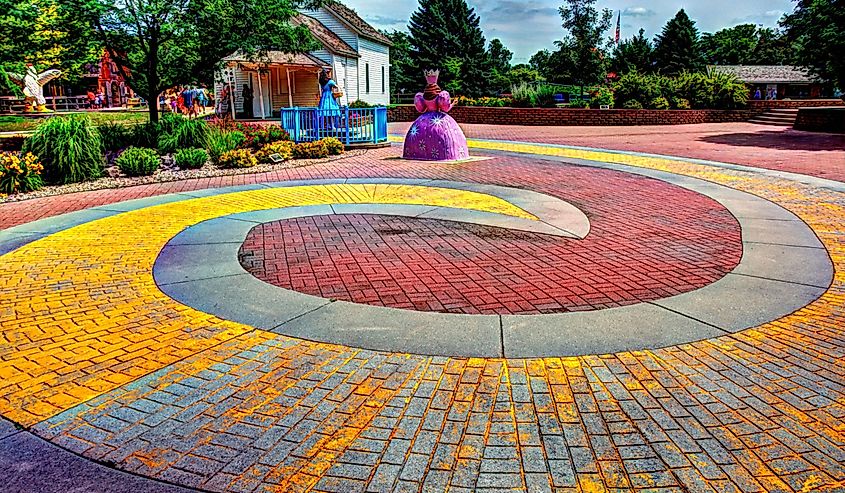
Aberdeen has many parks, Capitol Cinema, and also houses Northern State University, and Presentation College, hence also known as the college town. While in the city, visit Richmond Lake Recreation Area to explore shore fishing and Wylie Park for camping, bumper boats, go-karts, miniature golf, and bike rentals. Other places to visit include the Storybook Land and Land of Oz for kids, the Dacotah Prairie Museum to see history, culture, exhibits, and artifacts, the Aberdeen Recreation & Cultural Center Gallery to see art displays, and the Johnson Fine Arts Center to watch performances.
Hill City
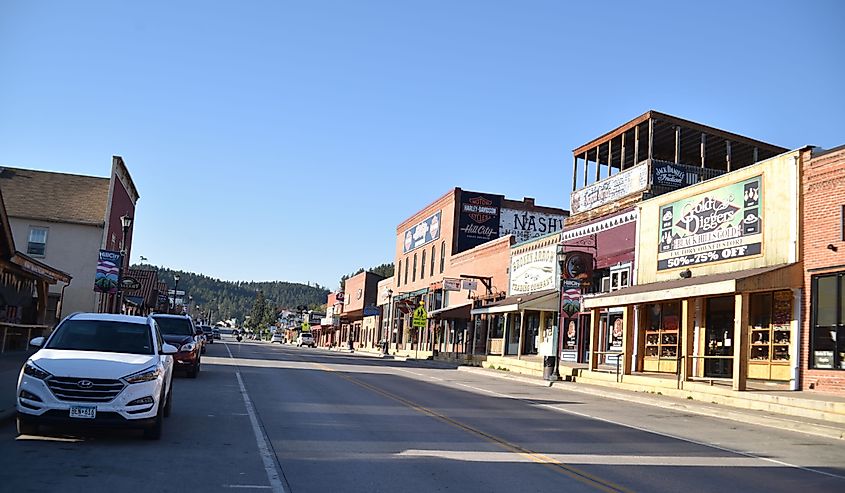
Known as the "Heart of the Hills" due to its proximity to the famous Black Hills, it is the oldest city in Pennington County. Although a small city, it is a great tourist spot because it lies 26 miles southwest of Rapid City, South Dakota’s second-largest city by population. Being adorned with beauty and centrally located to significant tourist attractions visitors enjoy visiting Hill City.
The city’s development started after the discovery of gold; the 1876 Gold Rush in the Black Hills attracted many miners to the city. Before being a mining hub, the Native American tribes were its occupants. Though the city had settlers from the 1800s, it officially became a city in 1945.
Besides the 1880 Train, other exciting attractions among the city’s treasure trove are prehistoric fossils and a collection of dinosaur fossils at the Black Hills Institute Museum, including a full skeleton of the T. Rex (Tyrannosaurus rex) dinosaur. Other top attractions include the two-hour scenic ride through the Black Hills by the 1800s steam train, the run for the Gold Dogsled Race, State Railroad Museum, Everything Prehistoric, The National Presidential Wax Museum, Mount Rushmore National Memorial, Wade’s Gold Mill & Mining Museum, Art Forms Gallery, parks, festivals, art and cultural activities, and other recreational activities.
Mitchell

Mitchell is a city in and the county seat of Davison County, in southeastern South Dakota. Lying 70 miles west of Sioux Falls, the Sioux Indians inhabited the place long ago after the Arikara or Sahnish tribe. Mitchell lies in the James River Valley which is dammed to form Lake Mitchell near Firesteel Creek. The city takes its name from the President of the Chicago, Milwaukee, and St. Paul Railroad, Milwaukee banker Alexander Mitchell. Settlers built the first settlements in 1879, and Mitchell became a city in 1883.

The city’s small-town charm with its shops, restaurants, and other attractions along the busy Main Street makes it apt for family fun. The biggest attraction in Mitchell is the World's Only Corn Palace, built from murals of corn, other grains, and grasses. The corn palace shows South Dakota’s agriculturally favorable climate and hosts many events. Other interesting places are the Mitchell Prehistoric Indian Village, an active archeological site, and the Dakota Discovery Museum and Carnegie Resource Center which gives information on local history. For nature lovers, visit Lake Mitchell to fish, boat, walk or ride your bike along the lakefront. After a day of exploration and excursion, relax at night by watching a movie under the starry sky at Starlite Drive-In Theatre or, watch live performances at the Mitchell Area Community Theatre.
Pierre
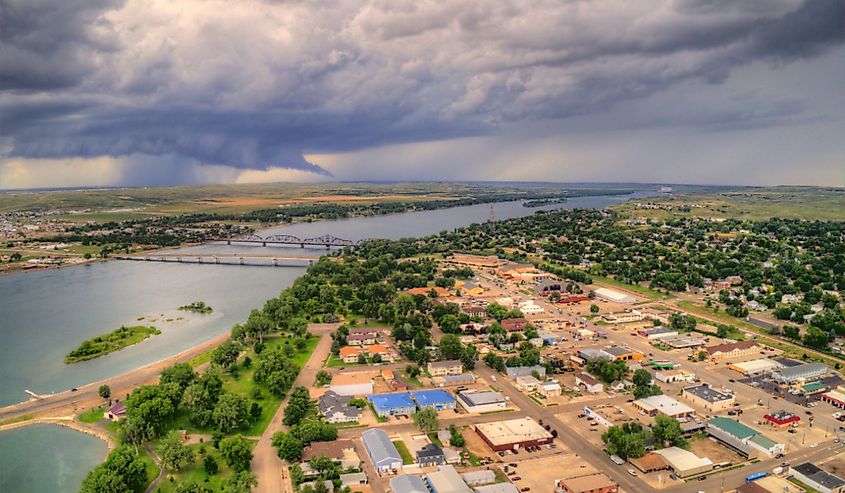
At the heart of South Dakota, this small city is its capital, situated in Hughes County. Pierre belongs to the Pierre Micropolitan Statistical Area. It is the ninth most populous city that stands on the river bluffs above the eastern banks of the Missouri River. The city gets its name from the 19th-century French-American fur trader Pierre Chouteau Jr. From its earliest days, the Sioux people were the city’s residents with the Europeans taking over later. After the establishment of the city in 1880, Pierre officially became South Dakota’s capital in 1889.
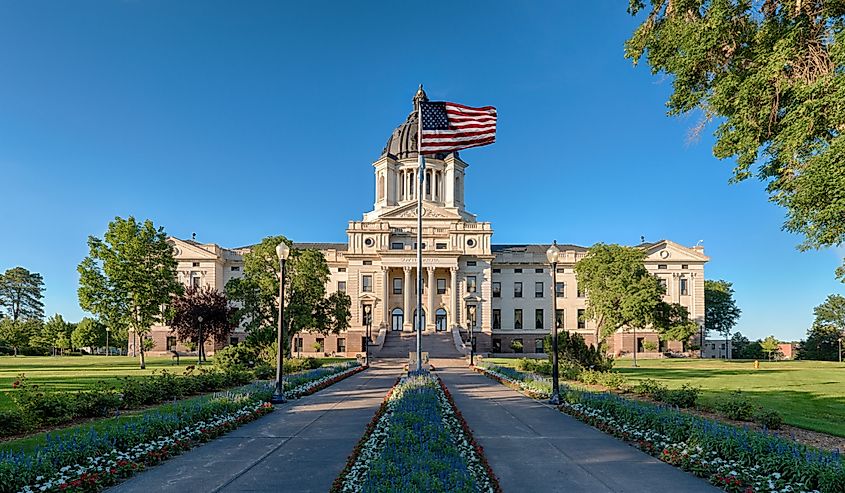
The natural beauty of Pierre makes it home to many picturesque parks and fun-filled recreation places. While in the city you must visit the State Capitol building and the Museum of the South Dakota State Historical Society. Both lie in close proximity and educate visitors about the history of the state. Another interesting attraction the Trail of Governors shows exhibits of life-sized bronze statues of governors from 2012. Kids would enjoy a tour of the South Dakota Discovery Center, and the whole family will appreciate the South Dakota National Guard Museum. For some outdoor fun and recreation go to the Farm Island Recreation Area and LaFramboise Island Nature Area. To learn about the rodeo sport of South Dakota, visit the Casey Tibbs South Dakota Rodeo Center. Other places to see are Oahe Dam and its lake, the Bill of Rights Brewery, and the Dakota Spirits Distillery.
Sioux Falls
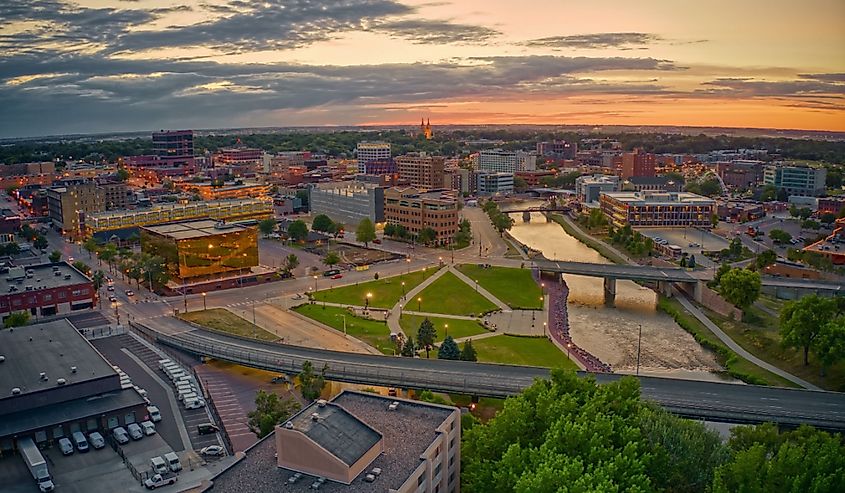
Sioux Falls, located in southeastern South Dakota is the most populous city in the state and is the county seat of Minnehaha County. The Big Sioux River studded with pinkish-red Sioux quartzite rock passes through downtown, moving eastwards from the state into the neighboring states of Iowa and Minnesota along with The Great Plains. Established in 1857 the city gets its name from the river falls and the first inhabitants the Sioux Indians, the tribes of Lakota and Dakota Sioux Native Americans. Some of the first land speculators came to the Great Plains in search of land to build homes; they were the pioneers who helped to build the city.
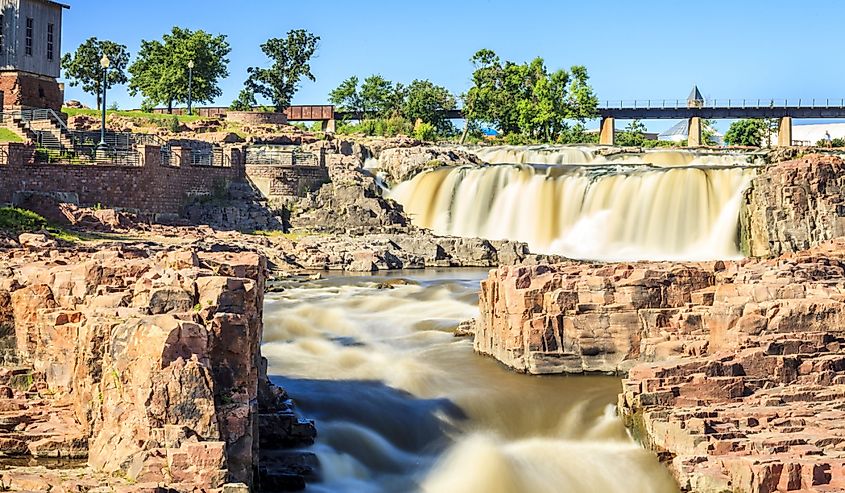
Being the largest city in the state, the city has plenty of cultural and historical attractions for family-friendly fun. Falls Park is the highlight of Sioux Falls, located on the Big Sioux River. Tourists must visit Falls Park, with its 123 acres of greenery, iconic buildings, and waterfalls along the great Sioux River; it does not fail at being the biggest attraction in the city. Art and culture lovers will love to witness a live show at the indoor Washington Pavilion or the Levitt at the outdoor amphitheater or enjoy a stroll downtown to SculptureWalk to admire magnificent sculptures. For some family fun enjoy Butterfly House & Aquarium, Wild Water West Waterpark, and Great Plains Zoo & Delbridge Museum of Natural History. Learn more of the city’s old times at the Pettigrew Home & Museum, and Old Courthouse Home Museum, and the heartbreaking history of a deserted mill at the Queen Bee Mill.
Spearfish
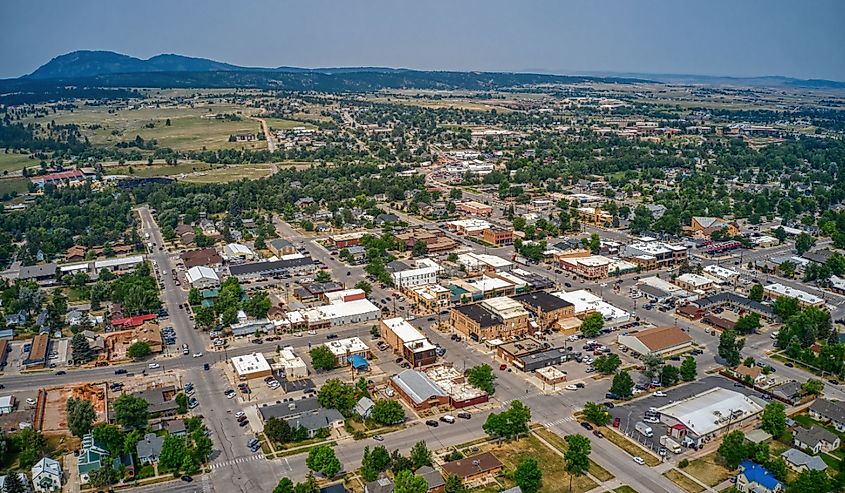
The city of Spearfish, in western South Dakota, lies at the mouth of Spearfish Canyon in the northern Black Hills. The city, belonging to Lawrence County is about 45 miles northwest of Rapid City near the border of Wyoming. The city was first built as a gold mining camp in 1876 when the Sioux Indians called it their home. The Sioux Indians named the city after Spearfish Creek which had an abundance of speared fish. The city flourished as an agricultural hub with well-watered farmland giving vegetables and fruits. The creek was instrumental in helping due to the availability of water, also supplying water for flour mills and sawmills.
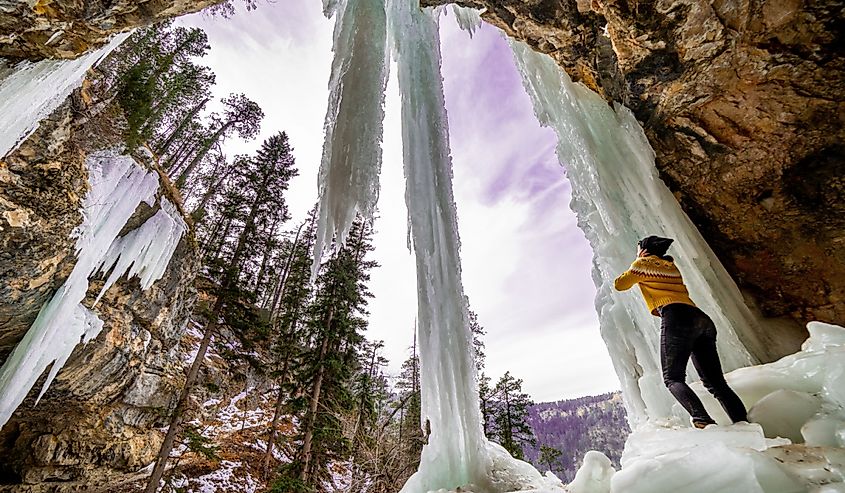
The little city of Spearfish draws those who love nature and outdoor recreational activities. The Spearfish Canyon is a famous spot since it has a route to an old mountain range, and visitors love to explore this attraction. Also, fly fishing opportunities available in the Spearfish Canyon area are the best in all of South Dakota. The availability of biking and hiking trails also makes it easy to go sightseeing along the Black Hills. A scenic drive or tour along the 19-mile Spearfish Canyon Scenic Byway takes you to the beautiful Roughlock Falls, Spearfish Falls, and Bridal Veil Falls. Choose a hiking trail along Lookout Mountain Trail, play a golf game at Elkhorn Ridge Golf Club, or disc golf at Spearfish Canyon Disc Golf Course. Other places to visit are Spearfish Creek, the Black Hills National Forest area, DC High Plains Western Heritage Center, Booth Historic National Fish Hatchery & Archives, and Termesphere Gallery.
Watertown
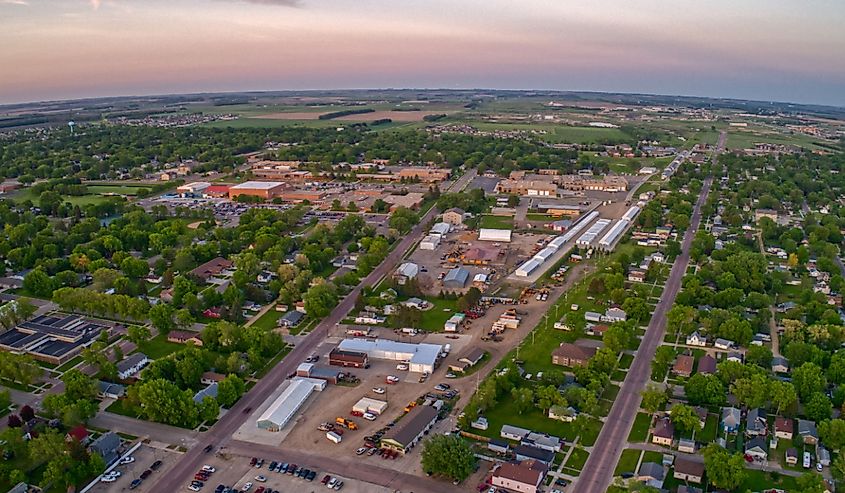
Set in eastern South Dakota, along the Big Sioux River between lakes Lakes Kampeska and Pelican, Watertown is the city and county seat of Codington County. It is about 100 miles north of Sioux Falls. The city’s economy depends on the production of advanced-technology magnetic and electronic materials. Besides this, the city also relies on the manufacturing of construction equipment and parts, welding equipment, hydraulic and mechanical tubes, and rubber products.
The city was to be named Kampeska, after the founders, brothers Oscar P. Kemp and John E. Kemp but instead, they called it Watertown, honoring their hometown Watertown in New York. Founded as a rail terminus in 1879, the city has come a long way since then.
Although a small city, it is rich in culture and tourist attractions. The city is famous for the Terry Redlin Art Center which has paintings of the brilliant wildlife artist Terry Redlin. Art lovers must visit the Center to see more than 150 beautifully painted original oil paintings. Another interesting thing to do is to watch the South Dakota Symphony Orchestra perform live at the Goss Opera House. For those who love wildlife, visit Bramble Park Zoo to see more than 800 animals and the Watertown Family Aquatic Center. History buffs will appreciate the historic Mellette House and Codington County Heritage Museum. Those who love the outdoors, go camping, fishing, and boating at the Pelican Lake Recreation Area on Pelican Lake, and Sandy Shore Lake Recreation Area on Kampeska Lake. Other places that may be interesting to visit are the Mellette House, Watertown Regional Library, and Watertown Stadium.
Yankton
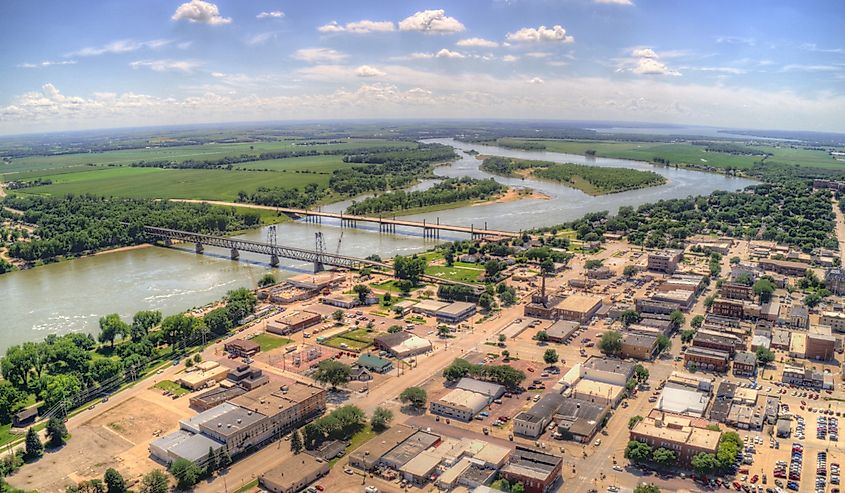
Located in the southeastern part of the state along the Missouri River where it meets the James River, about 80 miles southwest of Sioux Falls on the Nebraska border lies Yankton the county seat of Yankton County. The first capital of the Dakota Territory which included Dakotas, Wyoming, and Montana in the 1860s, is the mother city of the Dakotas.
Yankton County was pivotal in the history of the Dakota territory and the state. The county gets its name from the Yankton division of Sioux Indians who called the area home in the 1700s. Today, the city is thriving and has a lot of outdoor recreational activities, an expanding historical town, and employment opportunities in a community-centered environment.
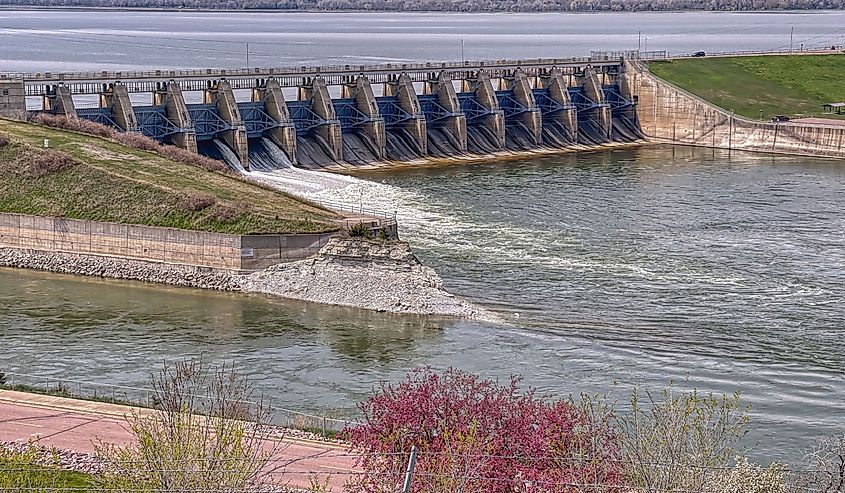
The city’s prime location renders it a special location for water activities and enjoying its natural beauty. At the city, the Lewis and Clark Recreation Area allows enjoying campsites, cabins, boat rentals, fishing areas, a horse camp, and beach sites. Check out the nature trails and aquarium at the Gavins Point National Fish Hatchery. Visitors must explore the downtown area, experience the iconic Meridian Bridge, pursue the aided tour of the 1886 Cramer-Kenyon Heritage Home, and visit the galleries, boutiques, and restaurants of the historic Meridian District. For relaxing, visit Lake Yankton, or pick the perfect picnic spot at the scenic Riverside Park and enjoy the Missouri River views.
From the glorious waterfall at Sioux Fall's Falls Park and the iconic Black Hills in Hilly City to the agriculturally thriving city of Mitchell and the capital city of Pierre, there are many beautiful cities in South Dakota. As one of the lesser-populated states, there is plentiful open air and nature to explore throughout the state with many prime fishing, hiking, and camping spots, in addition to history and culture galore. The variety makes these cities in South Dakota unique and memorable, offering something special to those who visit, and whichever city you visit, will not disappoint.
